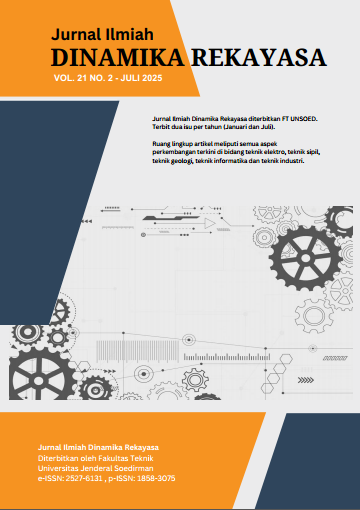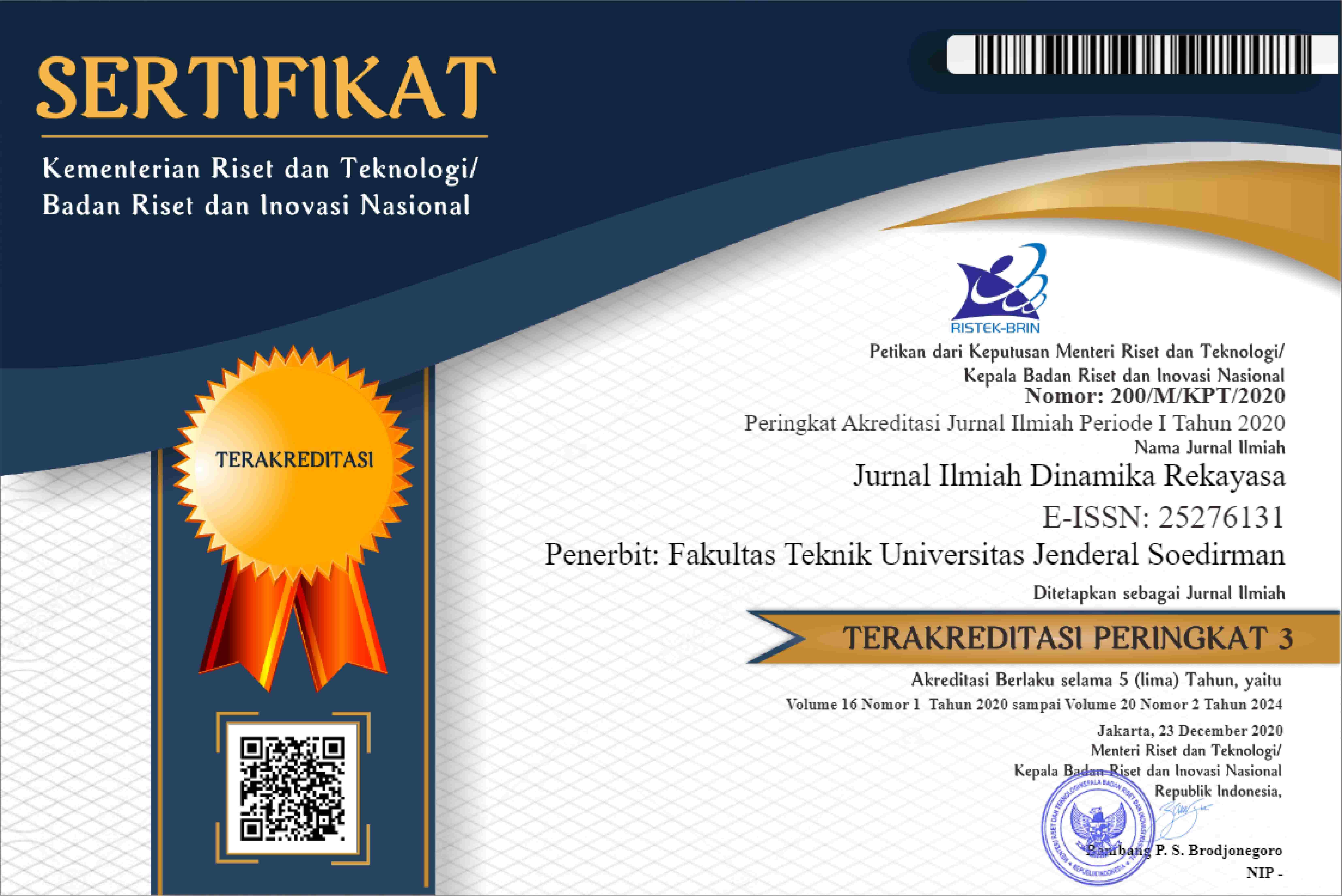Thermal Comfort Study Of Architecture Classroom At University Of Bengkulu Using CBE Thermal Comfort Tool
DOI:
https://doi.org/10.20884/1.jidr.2025.21.2.21Keywords:
Thermal Comfort, PMV, PPDAbstract
Thermal comfort is where someone feels comfortable in hot weather and correlates with factors of air temperature, wind speed, humidity, user activity and user clothing. The purpose of this study is to analyze the thermal comfort conditions in the classroom of the architecture study program at the University of Bengkulu by utilizing the CBE Thermal Comfort Tool software. The research method applied is quantitative. This study has several stages starting from collecting primary and secondary data. Furthermore, analyzing the data that has been obtained by comparing it with the thermal comfort standards according to ASHRAE-55. The simulation results show that the comfort conditions in the classroom are not in accordance with the thermal comfort standards according to ASHRAE-55 with the highest PMV and PPD values in classroom B with PMV values for female and male users of 1.59 and 1.57 and PPD values of 56% and 54% with temperature and humidity factors with an average value of 29.5 ℃ and 70.6 for that it is necessary to add the magnitude of the wind speed. In adding the magnitude of the wind speed to this classroom, it is necessary to set several strategies that include building orientation, opening position, and opening dimensions. By implementing this, the simulation of increasing wind speed shows that the classroom has met the thermal comfort standards according to ASHRAE-55.







